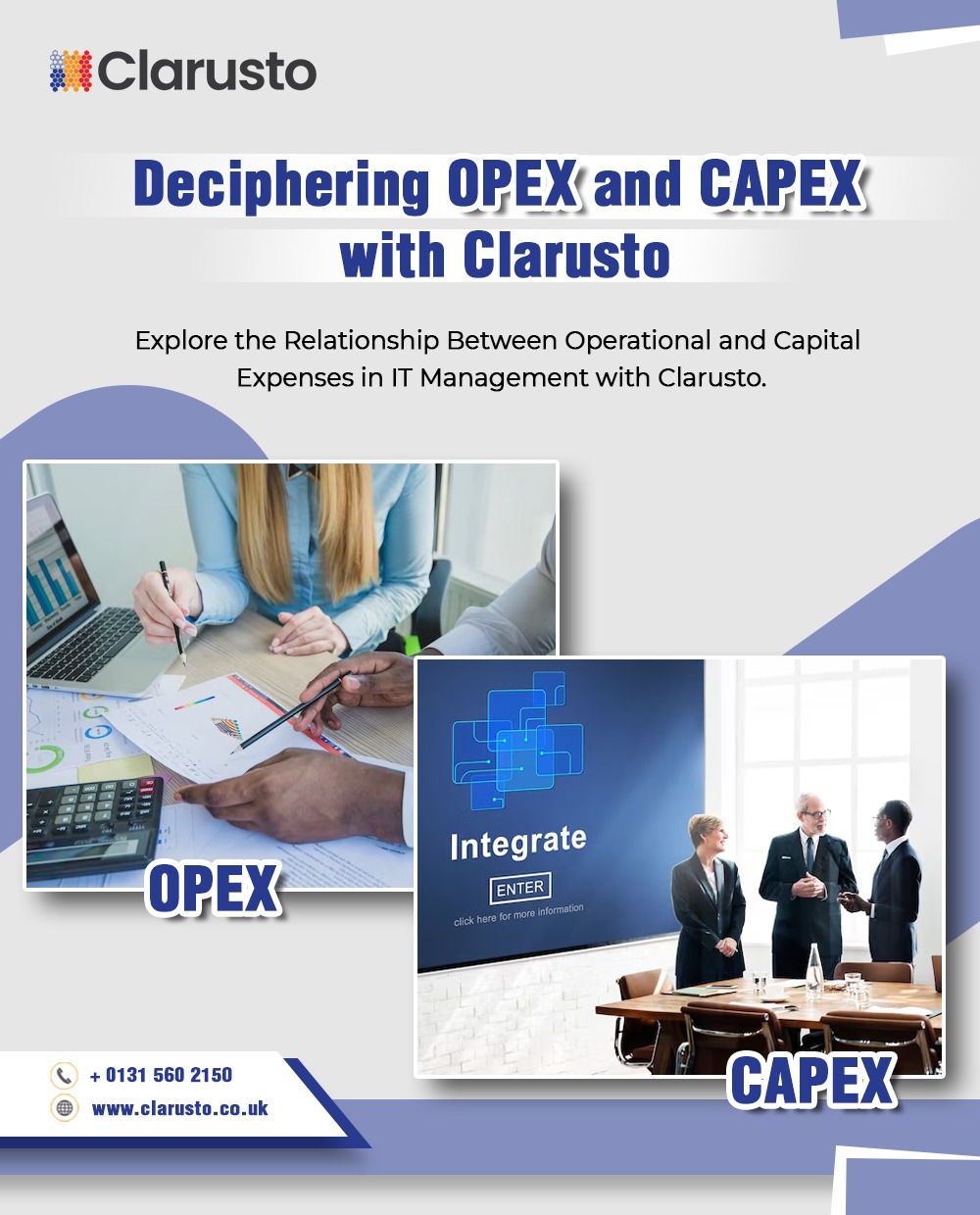Have you heard about the financial terms Capex and Opex in the business sector!?
If you are in this sector, you have surely heard about these terms. Let’s explore how important they are in today’s business landscape.

- Introduction to CapEx and OpEx in Cloud Computing
Capex, short for capital expenditure, is the money spent by a business or organization to acquire or upgrade fixed assets, such as buildings, machines and other equipment essential for an organization. In the context of Cloud Computing , capital expenditures (CapEx) may encompass costs like buying servers, networking hardware, or software licenses. Usually, the expenses of these investments are dispersed across the course of the assets’ useful lives and are depreciated over time. Even though CapEx has a large upfront cost, it can save money in the long run and provide you more control over your infrastructure.
On the other hand, Operational Expenditure is the ongoing spending required to keep the fixed asset running. OpEx comprises costs like usage fees, maintenance costs, and monthly subscription fees. This strategy provides access to the newest technologies without hefty upfront costs, predictable and controllable recurrent charges, and the ability to increase resources based on demand. OpEx investments, however, can eventually lead to greater total costs than CapEx investments.
- Understanding Capital Expenditure (CapEx) in Cloud Services
Cloud Computing reduces the cost of IT infrastructure more than traditional data center-based computing. When comparing the capital costs of operating IT infrastructure in a traditional data center with those of cloud computing, the cloud proves to be a cost-effective means of lowering operating expenses, as demonstrated by the Return on Investment in Cloud Computing.

- Exploring Operational Expenditure (OpEx) in Cloud Services
The term operational expenditure (OpEx) in cloud services describes the recurring costs that a company or organization bears as a result of using cloud resources. Included in this are expenditures for cloud service subscriptions, utility bills, and upkeep. Analyzing how these operating expenses affect the overall budget, scalability, and effectiveness of the company’s IT infrastructure is part of investigating OpEx in cloud services. Understanding OpEx is important for businesses to proficiently oversee their cloud expenses and maximize resource allocation.
- Key Differences Between CapEx and OpEx Models
Two different methods to financial management in cloud computing are represented by the CapEx (Capital Expenditure) and OpEx (Operational Expenditure) models. Capital expenditures (CapEx) are one-time payments for software licensing or physical assets that are subsequently depreciated. OpEx, on the other hand, entails continuous payments for cloud services depending on consumption, usually through subscriptions or pay-as-you-go plans. The primary distinctions between these models are found in their resource allocation flexibility, financial ramifications, and cost structure.

- Pros and Cons of CapEx Model in Cloud Computing
Pros of the CapEx model in cloud computing include increased control over infrastructure, long-term cost savings, and tax advantages through depreciation. Nevertheless, it lacks scalability to accommodate changing demand, necessitates large upfront investments, and may result in resource overprovisioning or underutilization. Furthermore, the capital that would have been allocated to other commercial endeavors is tied up by CapEx investments, and the quick advancement of technology could make investments obsolete earlier than anticipated.
- Pros and Cons of OpEx Model in Cloud Computing
When it comes to the Opex model, the pros include the ability to scale resources based on demand, predictable and controllable recurrent expenses, and free access to the newest technologies. It gives companies more flexibility in responding to shifting market conditions and helps them match expenses with revenues. OpEx, on the other hand, may result in greater overall costs over time than upfront investments, and depending too much on outside cloud providers may provide security and regulatory issues. Using the OpEx model to control expenses and precisely estimate consumption may provide difficulties for enterprises.

- Conclusion
Every business should know the basic differences between CapEx and OpEx in order to make well-informed decisions regarding their cloud strategy and financial management. Every model has pros and cons, and the decision between them is influenced by things like long-term business goals, scalability requirements, and budgetary restrictions. Navigating the complexity of CapEx and OpEx becomes more important as firms continue to use cloud computing to maximize the value of cloud expenditures and optimize costs.
If you are running a small or large business, Clarusto has got you covered. We have diverse range of services specifically tailored to your business needs.
For more information, visit our website at https://clarusto.co.uk/

